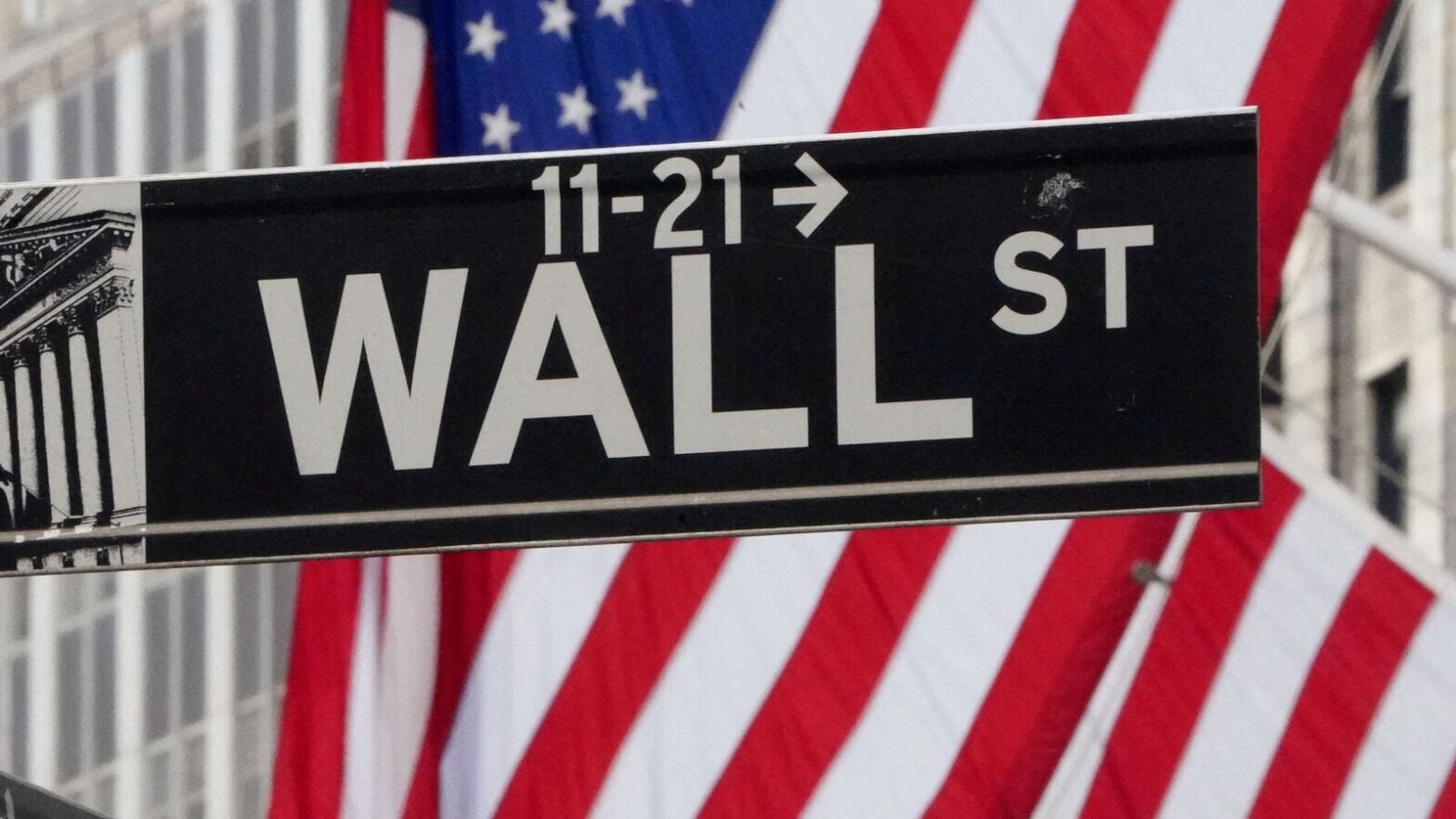Here are some top stories for Wednesday’s trading session:
Latest Updates
The U.S. stock market’s so-called fear gauge was trading down around midday Wednesday, as investors awaited the outcome of the Federal Reserve’s two-day policy meeting.
The Cboe Volatility Index, which trades under the ticker symbol VIX, was down 4% at slightly more than 15, according to FactSet data, at last check. The VIX was trading slightly below its 200-day moving average, based on FactSet data around midday Wednesday.
Fed Chair Powell will hold a press conference on monetary policy on Wednesday at 2:30 p.m. Eastern time.
Shares of an exchange-traded fund that focuses on Brazilian stocks was struggling Wednesday amid a widening rout in the country’s financial markets.
The iShares MSCI Brazil ETF was down 3.6% late morning on Wednesday, deepening its plunge this year to almost 34%, according to FactSet data, at last check. A selloff in Brazil’s currency has spread to other parts of the country’s financial markets, including stocks and bonds, as investors worry about the country’s soaring fiscal deficit, according to a Bloomberg News report that was updated on Wednesday.
The Treasury market was in a “classic pre-Fed holding pattern” ahead of Wednesday’s final policy announcement of 2024 by the Federal Open Market Committee, according to BMO Capital Markets strategists.
A quarter-point rate cut by the Federal Reserve is “a foregone conclusion,” and the only uncertainty is whether Fed Chair Jerome Powell’s efforts to prepare investors for a pause in the first quarter “overshadow the messaging that policy rates are going to continue moving lower in 2025,” said strategists Ian Lyngen and Vail Hartman.
Referring to a rate cut accompanied by a hawkish tone on inflation Wednesday, they said in a note that “the market is well positioned to absorb a hawkish cut without triggering a significant backup in nominal yields from current levels.”
The 10-year Treasury yield was near 4.4% ahead of the Fed’s announcement, “which we’ll characterize as sufficiently bearish given that the Fed will still be cutting rates in 2025, even if it won’t be to the extent investors had previously assumed,” the strategists said.
The Dow Jones Industrial Average on Wednesday was attempting to recover from its longest losing streak in nearly half a century, buoyed by a rebound in shares of UnitedHealth Group Inc. and Nvidia Corp.
Nvidia was the best performer among the blue-chip index’s 30 stocks on Wednesday morning, up 3.6% after landing back in correction territory earlier this week, stoking worries about whether the AI trade might be running out of steam.
Shares of UnitedHealth Group were also rising on Wednesday, up over 3%. MarketWatch reported that shares of the health insurer contributed about 750 points to the Dow’s 1,564-point drop over the past nine trading sessions.
The report was expected to show a fall of 1.8 million barrels on average, according to a survey of analysts conducted by S&P Global Commodity Insights. Late Tuesday, the American Petroleum Institute reported a crude inventory drop of 4.7 million barrels, according to a source citing the data.
The EIA also reported a weekly supply climb of 2.3 million barrels for gasoline, while distillate inventories decreased by 3.2 million barrels. The S&P Global Commodity Insights survey forecast inventory gains of 2.1 million barrels for gasoline and 600,000 barrels for distillates.
West Texas Intermediate crude for January delivery was up 93 cents, or 1.3%, to $71.01 a barrel on the New York Mercantile Exchange ahead of the contract’s expiration at the end of Thursday’s session. The soon-to-be front month February contract added 78 cents, or 1.1% to $70.43.
The S&P 500’s sectors were trading mixed Wednesday morning, with information technology posting the strongest performance ahead of the Federal Reserve’s monetary-policy decision.
Tech was up 0.4%, exceeding the S&P 500 index’s gain of 0.2%, according to FactSet data, at last check. The worst-performing sector was energy, down around 0.5% Wednesday morning.
The Fed will issue a statement on its policy decision at 2 p.m. Eastern time on Wednesday.
Small-cap stocks were leading the broader market higher on Wednesday morning as investors awaited the Federal Reserve’s last policy announcement of the year.
The Russell 2000 index was surging 0.4% as of 10:10 a.m. Eastern time, after tumbling over 1% in the previous session, according to FactSet data.
The small-cap index was also outperforming the 0.1% increase for the large-cap S&P 500 and the 0.2% advance for the Dow Jones Industrial Average, according to FactSet.
Housing-starts data on Wednesday came in below expectations, underscoring how crucial a drop in mortgage rates will be to boosting housing activity, according to Nationwide economist Daniel Vielhaber.
While starts and permits were “in line with” recent subdued builder sentiment data for near-term sales, according to Vielhaber, he also said longer-term “expectations are likely due to the prospect of mortgage rates falling in the first half of 2025.”
Even so, “we are likely a ways off from mortgage rates that will provide more than a moderate boost to housing market activity,” he wrote in emailed commentary on Wednesday.
U.S. stocks opened mixed on Wednesday morning with the Dow Jones Industrial Average attempting to bounce back after logging its longest losing streak in nearly half a century.
The Dow was rising 0.2%, at around 43,530 as of 9:31 a.m. Eastern time, according to FactSet data.
The S&P 500 was falling 0.1%, to around 6,045.
The Nasdaq Composite was off less 0.1%, at 20,083.
Investors were looking ahead to the Federal Reserve’s interest-rate decision and the release of the summary of economic projections on Wednesday afternoon. Policy makers are widely expected to lower the benchmark interest rate by 25 basis points, while the fresh set of economic forecasts may reflect fewer rate cuts in 2025 than previously anticipated.
The Federal Open Market Committee will announce its decision at 2 p.m. Eastern time, while Chair Jerome Powell will address reporters in a news conference at 2:30 p.m..
Concerns about policies under a second Trump administration, inflation concerns and worries about Treasury supply are likely factors in driving up longer-duration Treasury yields, even as the Federal Reserve has been cutting rates, according to Chris Low, chief economist at FHN Financial. (FHN, Bloomberg)
Longer-duration yields that help finance the U.S. economy have been drifting higher since the Federal Reserve cut short-term interest rates in September.
The mismatch likely reflects “a higher terminal rate when the Fed is done cutting,” according to Chris Low, chief economist at FHN Financial.
It also likely reflects concerns about potential inflationary policies in the year ahead, along with inflation moving “sideways,” the Fed cutting rates anyway and an elevated Treasury supply, he said.















